HOW IT WORKS
Daily questions are posted inviting response through words, drawings or built objects sharing them through a short video
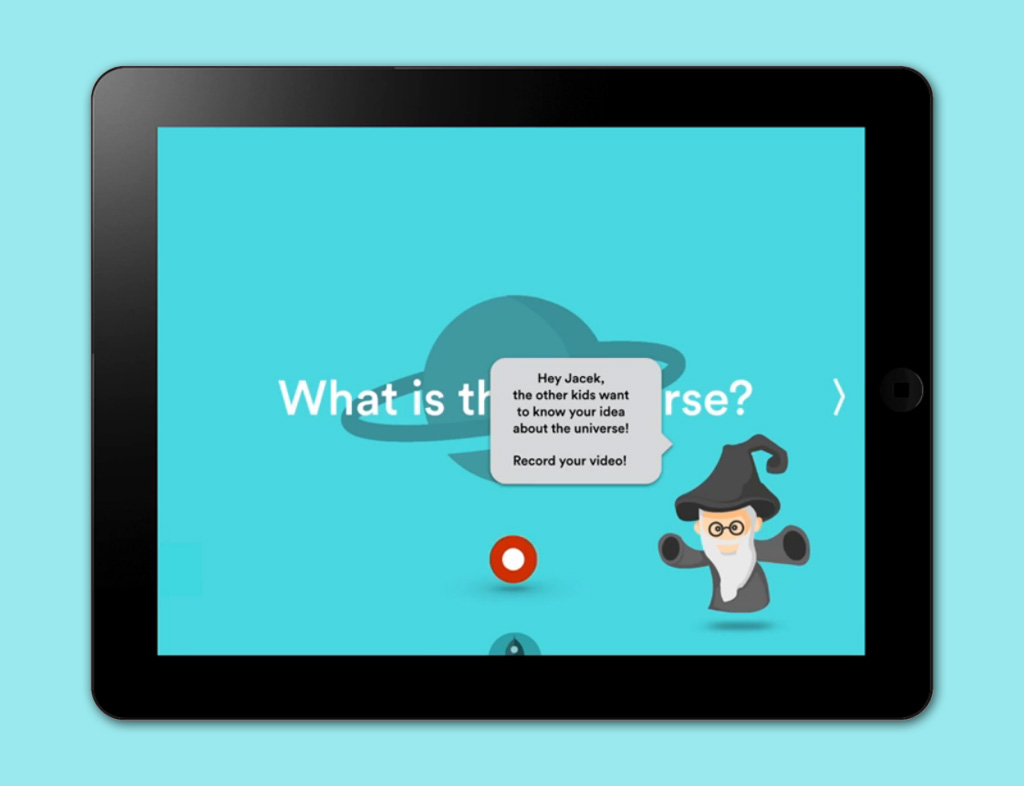
By contributing with their own ideas, kids can unlock content and listen to other responses shared by kids around the world.
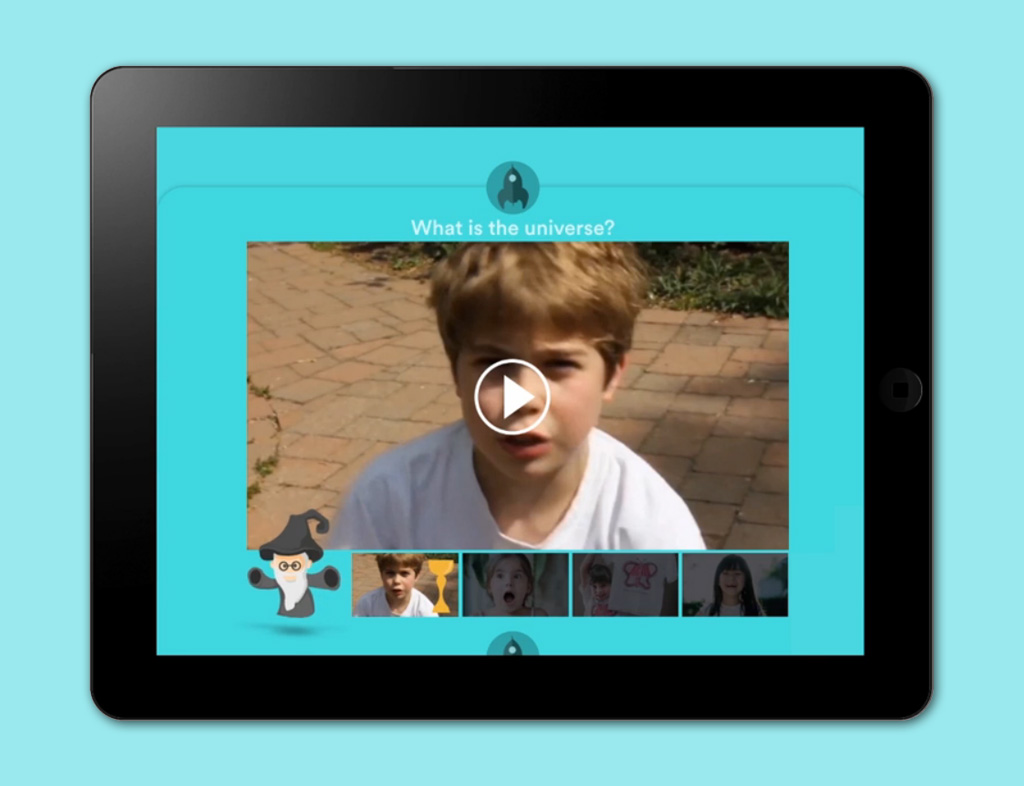
Eventually they can also listen to a lessons from the expert.
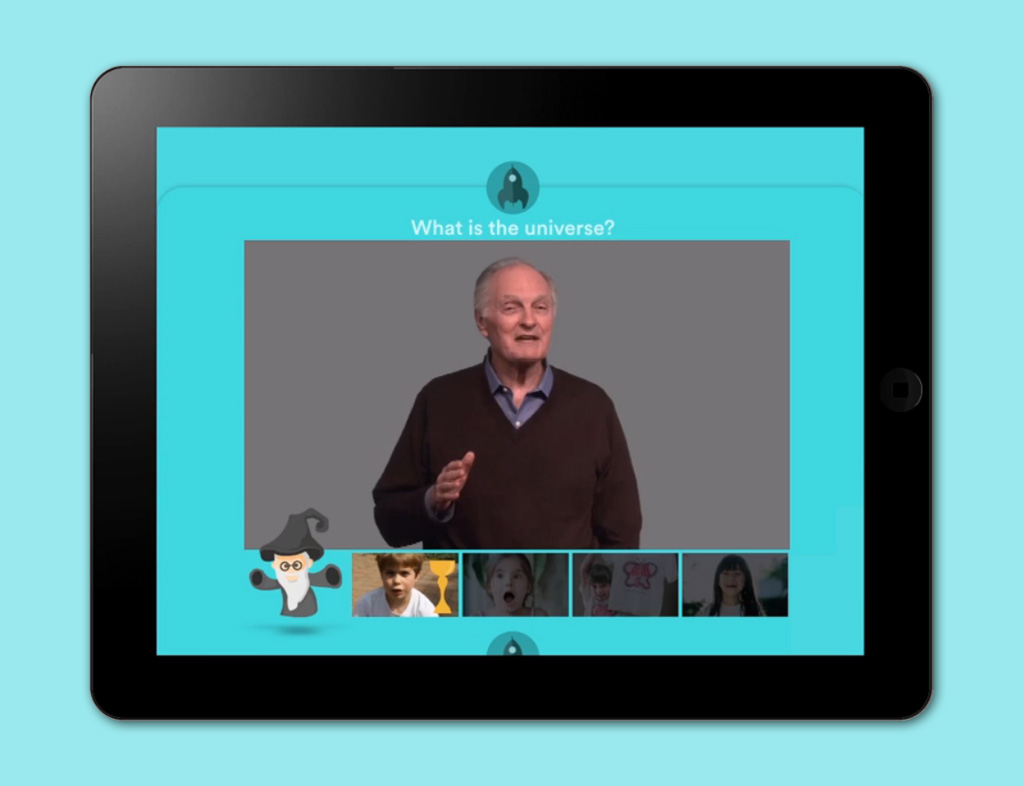
By answering to questions, kids can collect trophies on their profile page, review their submissions and connect with other kids.
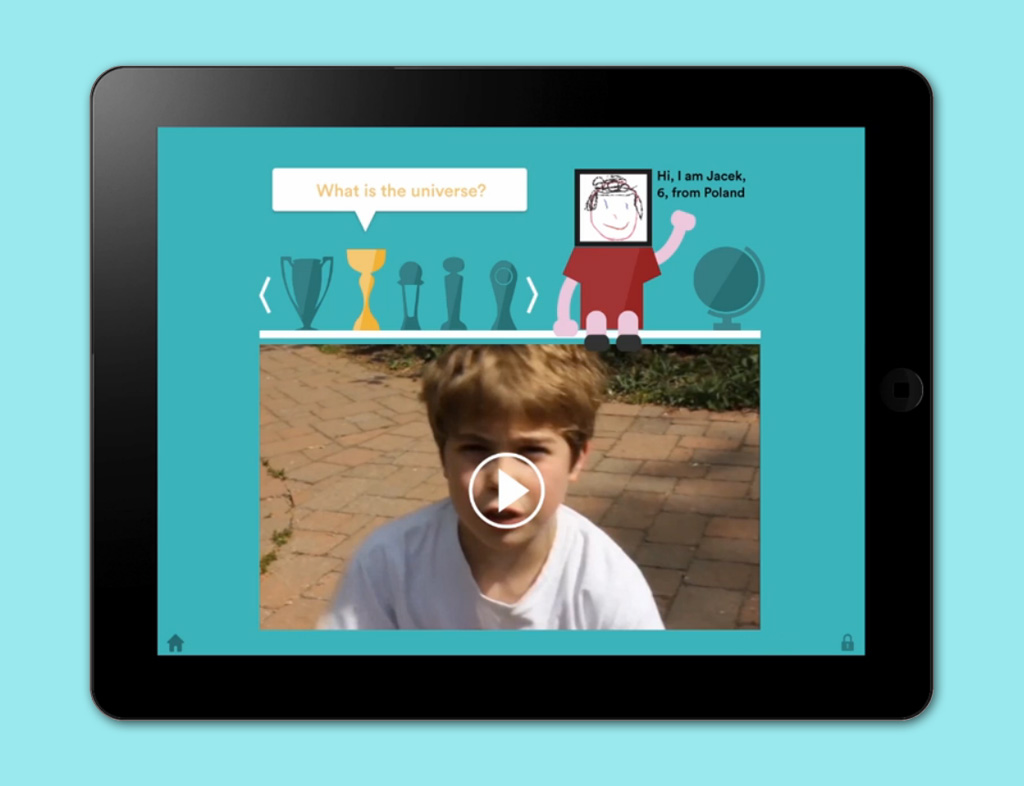
PROCESS
For the given task of creating a concept and prototype of a digital learning platform, we defined kids aged 5 to 12 as our user group. Through the conversation with Morgan (6 years old) we found out he was really proud of showing drawings he made and object he built with his dad while he became vague and listless when speaking about school. We promised him we would make learning more fun!
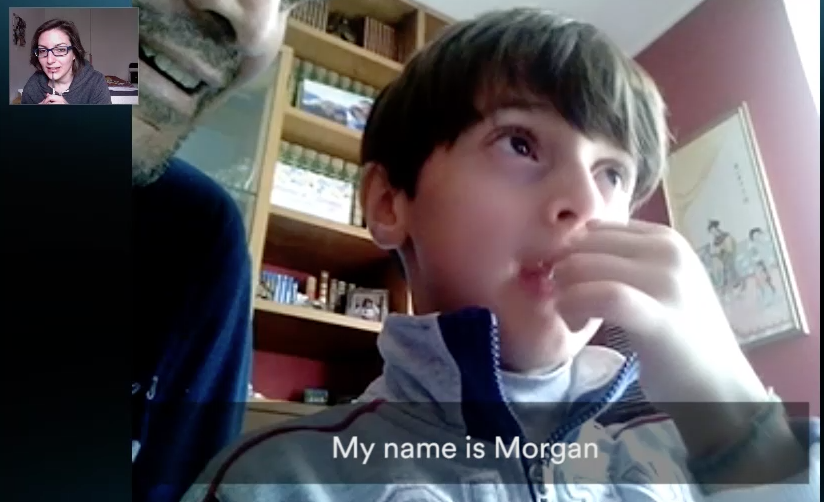
We brainstormed around the challenge: how might we stimulate kids to learn by showing and sharing their ideas?
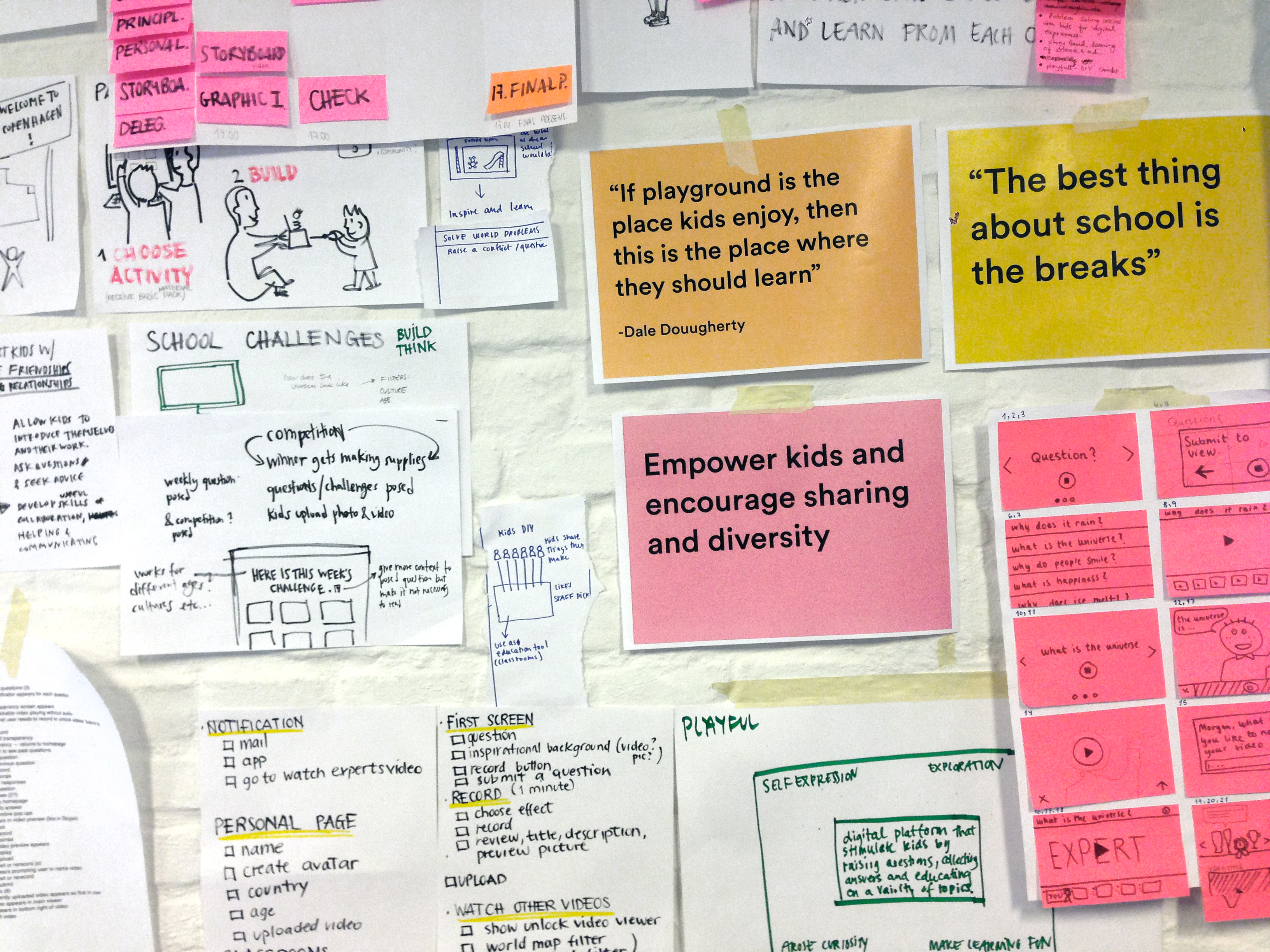
Once we came up with the concept of Kid-ucate we draw a scenario to illustrate the interactions with the platform and imagine possible use cases.
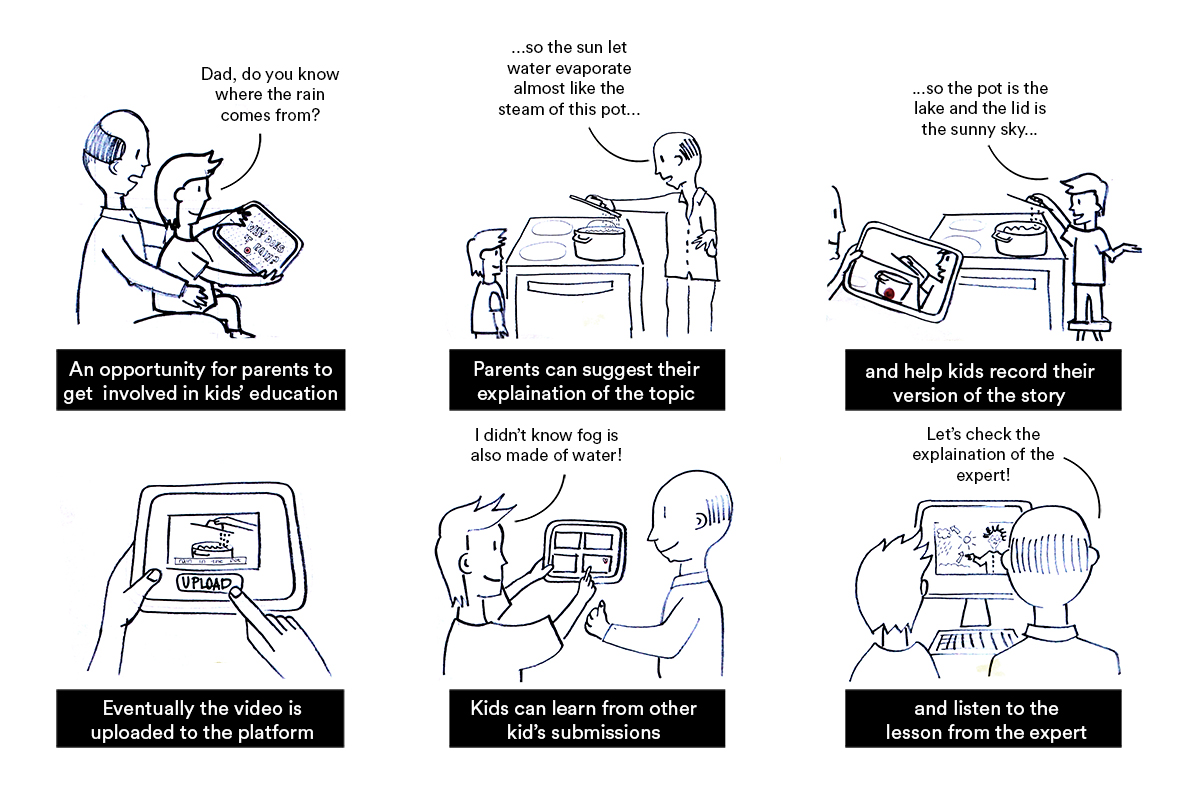
Prior to the actual design of the platform, we all sketched our vision of the service through paper prototyping to explore different directions and discuss the main features and the system architecture and navigation.
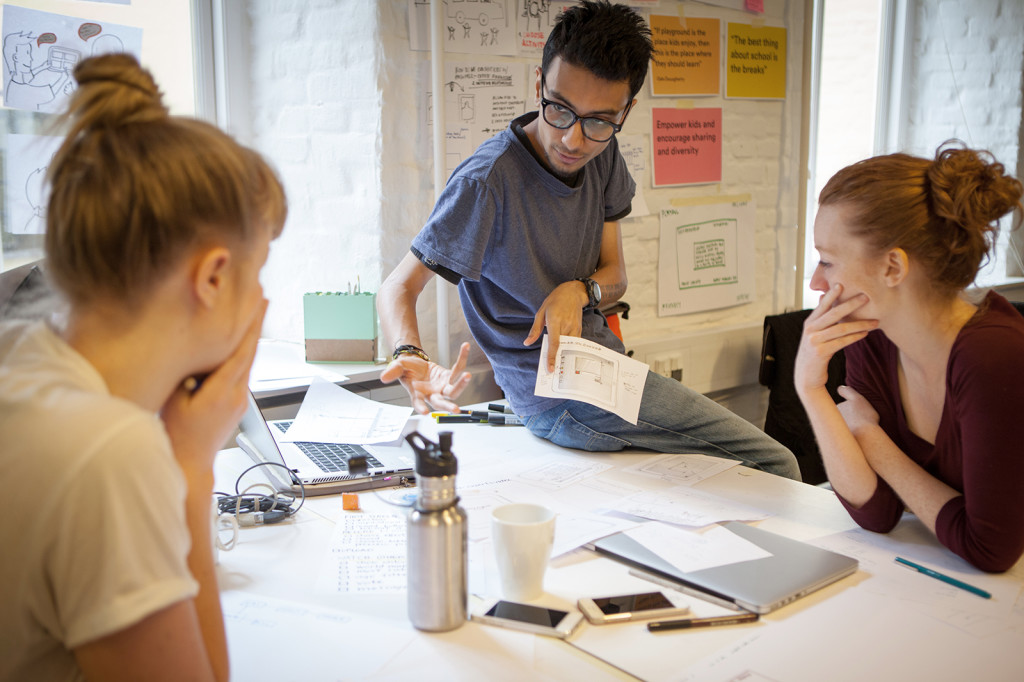
kiducate
A digital learning platform for kids
Kid-ucate is a digital learning platform for kids to arouse their curiosity, stimulate the exploration of personal interests, and encourage self-expression.
Daily scientific or existential questions are posted and children are invited to respond and give their explanation through words, drawings, or built objects by submitting a short video.
Kid-ucate can be used by parents and teachers to initiate educational conversations and organize formative activities, encouraging kids to build their own opinion while being entertained.
It is inspired by the vision of Sugata Mitra of children exploring and learning from each other — using resources from the cloud — and as an alternative to the standardized and rigid traditional school system.